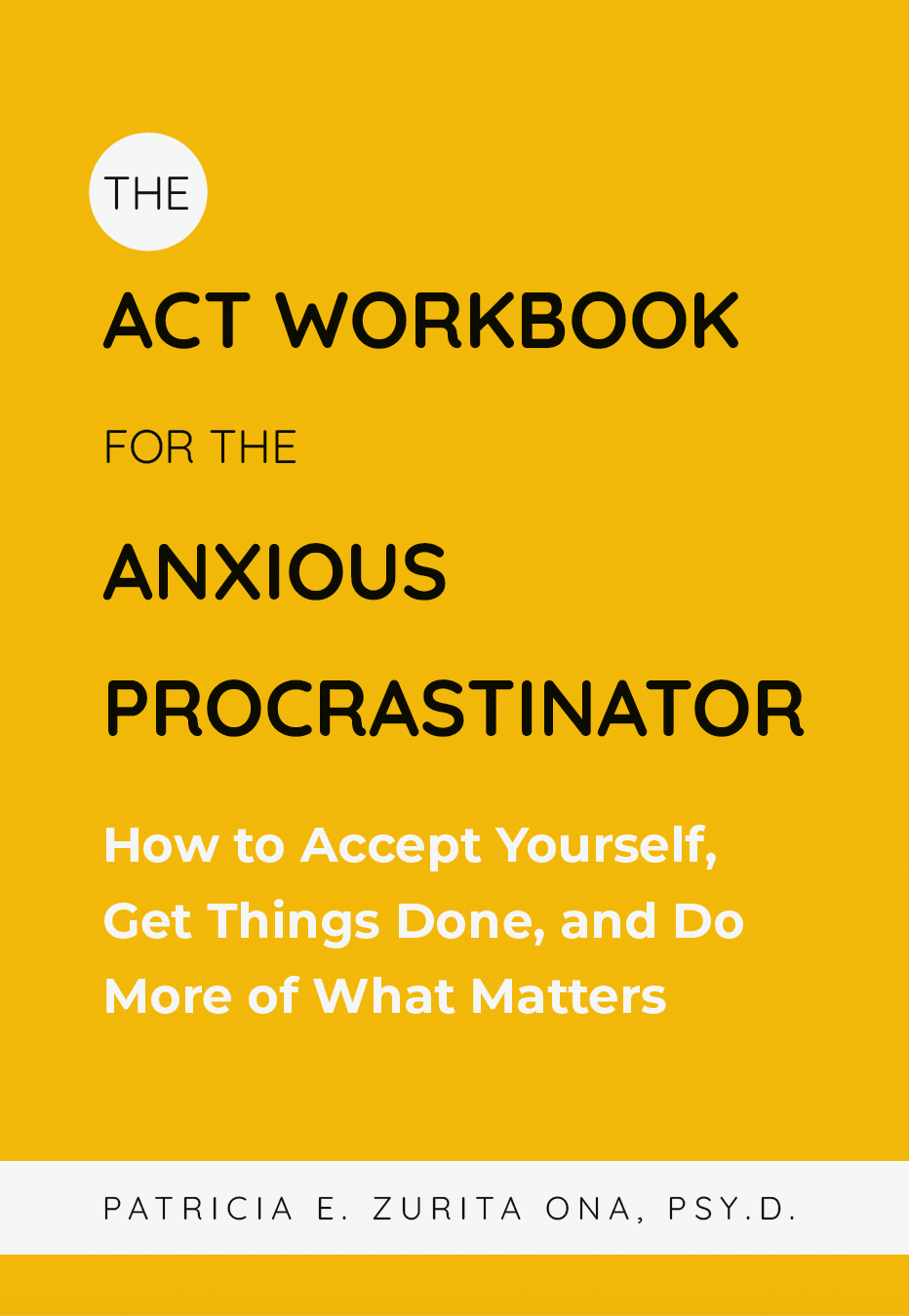
This post is part of a series on social anxiety: (1) social anxiety, shyness, and introversion and (2) what keeps social anxiety going?
Although the content of this series is primarily for adults, it also applies to children and adolescents.
A national survey conducted by the National Institute of Mental Health (2010) about adolescents and mental health problems reported that approximately 8% of teens between ages 13-18 struggle with anxiety.
Their symptoms usually start around age 6. Although 8% may appear to be a low number, untreated anxiety can easily undermine a teen’s success in school, jeopardize his or her friendships, and hinder functioning in general.
Social anxiety has a different presentation in adults than in teenagers or children. For the most part, adults are able to recognize when a social situation is threatening or uncomfortable more readily than children or adolescents.
Children tend to describe their anxious physical symptoms, such as headaches, stomachaches, nausea, or diarrhea as an indication of an illness and not necessarily as a result of anxiety.
Adolescents, on the other hand, may simply avoid social gatherings or display little interest in friendships on a consistent basis.
Unfortunately, because of these complaints, parents tend to either allow the child or teen to skip school or request an appointment with a pediatrician, who may or may not assess whether social phobia is present or not.
If the child or adolescent is allowed to stay at home, his or her complaints and physical discomfort quickly disappear; however, it’s quite likely these complaints will start again the following day or whenever the child or teen is being exposed to a triggering situation, such as a particular class or anxiety provoking situation.
Because only a small percentage of children struggling with anxiety have access to therapy services, it’s extremely important that school personnel and parents pay attention to specific behaviors that suggest social phobia.
Parents and teachers are encouraged to pay attention to the following signs:
- Frequent complaints of attending school.
- Frequent tardiness or unexcused absences.
- Frequent requests to go the nurse’s office.
- Frequent requests for specific accommodations (e.g., making a presentation only to the teacher and not to the class; requesting a particular classmate to be assigned for all activities, etc).
What to do next?
Below are steps that teachers and parents can take while initiating the process of searching for professional help.
- First and foremost, listen to the child or teen’s experience without judging or criticizing. Avoid making comments, such as, “You’re being sensitive or you shouldn’t be anxious about it” as these are not helpful; in fact they are likely to lead to more isolation for the child.
- Respect the fact that social encounters could upset the child or the teen, rather than assuming or telling them, “Everything is going to be fine.”
- Explain to the child or teen that a therapist or psychologist is fully equipped to help with these situations and that they do not need to struggle with this type of anxiety all their lives.
- Avoid at all costs “pushing” the child or teen into engaging in social gatherings if he or she is experiencing significant levels of anxiety; it’s extremely advisable to develop a plan with the professional that is working on the case.
- Support, whenever possible, the child’s returning to school activities or attendance of social gatherings, even if it looks as though he or she is taking baby steps and is capable of more.
- If possible, read the book Helping your Socially Vulnerable Child: What to Do When Your Child Is Shy, Socially Anxious, Withdrawn, or Bullied by A.R. Eisen and L.B. Engler (New Harbinger Publications).
Resources
Antony, M. & Swinson, R. (2000). The shyness and social anxiety workbook. Oakland, CA: New Harbinger Publications.
Henderson, L. (2011). The compassionate-mind guide to building social confidence. Oakland, CA: New Harbinger Publications.
Heimberg, R, Liebowitz, M., Hope, D., & Scheier, F. (1995). Social phobia: diagnosis, assessment, and treatment. Oakland, CA: New Harbinger Publications.
Hoffman, S. & Otto, M. (2008). Cognitive Behavioral Therapy for Social Anxiety: Evidence-based and disorder-specific treatment techniques. Oakland, CA: New Harbinger Publications.






